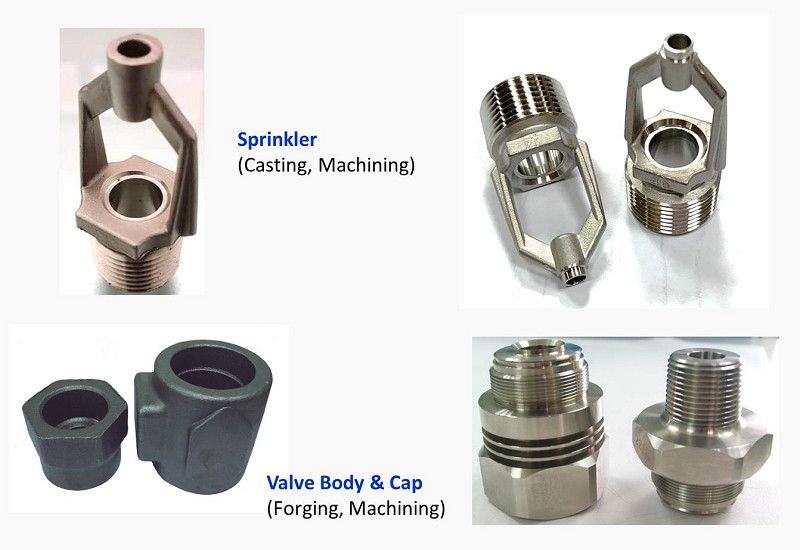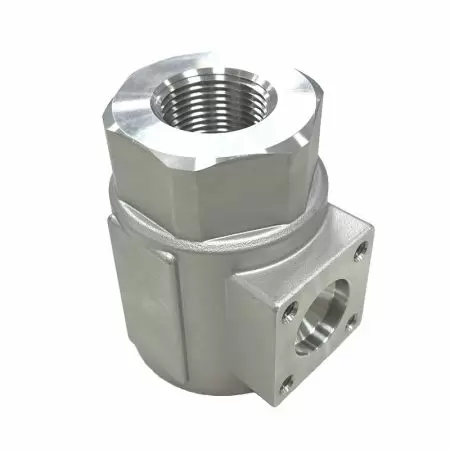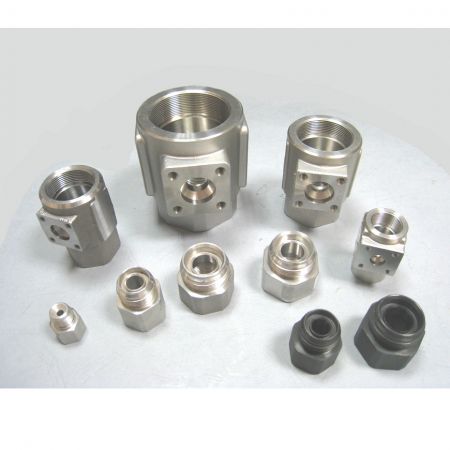Which Production Process Fits My Metal Parts, Investment Casting or Forging?
There are many processes of metal fabrication includes cutting, folding, stamping, punching, welding, machining, casting and forging. Between these, casting and forging are popular metal forming processes used to create parts and components for a variety of industries. These manipulate shape of the metal at the interior level.
Casting is the process in which molten metal is poured into a hollow cavity mold and then cooled to form a solidified part. While forging uses dies, pressure, and temperature to shape a solid piece of round metal bar into a shape. With distinct characteristics to form end products, deciding which process best fits to the project needs to focus on priorities such as design complexity, application or usage quantity.
1. What factors should I consider when choosing between investment casting and forging for my metal parts?
When deciding between investment casting and forging, consider the following factors: the complexity of the part's geometry, required tolerances and surface finish, mechanical properties needed, production volume, and material waste. Investment casting is ideal for intricate and complex shapes with high dimensional accuracy and fine surface finishes. Forging is better suited for simpler shapes requiring enhanced mechanical properties and high production volumes, though it may require more post-processing.
2. How do the mechanical properties of parts produced by investment casting compare to those produced by forging?
Parts produced by forging generally exhibit superior mechanical properties compared to those made through investment casting. Forging refines the grain structure, enhancing toughness, strength, and ductility, making it suitable for high-stress applications. Investment casting, while offering versatility in material selection and precision in complex geometries, does not significantly alter the intrinsic properties of the materials. If superior mechanical performance is critical, forging is the preferred method.
3. Which production method is more cost-effective for high-volume manufacturing?
For high-volume manufacturing, forging is typically more cost-effective. The process allows for rapid production of parts with consistent quality, leading to lower per-unit costs. The initial setup for forging can be high, but it becomes economical over large production runs. Investment casting, while versatile in production volume, may have higher costs due to the detailed molds and patterns required. However, for complex parts requiring minimal post-processing, investment casting can still be a cost-effective choice.
4. Can investment casting and forging both handle a wide range of materials?
Yes, both investment casting and forging can handle a wide range of materials. Investment casting is highly versatile, accommodating various metals and alloys, including steel, aluminum, titanium, and superalloys. Forging also works well with many metals, particularly those that benefit from enhanced mechanical properties through grain refinement, such as steel and aluminum alloys. The choice of material can depend on the desired properties and the specific application of the part.
5. How does the need for post-processing differ between investment casting and forging?
Investment casting often requires minimal post-processing due to its ability to achieve fine surface finishes and tight tolerances directly from the mold. This can reduce overall production time and costs, especially for intricate parts. In contrast, forging typically leaves surface scale and may not meet precise dimensional requirements, necessitating additional machining and finishing. While this adds to the production time and cost, the improved mechanical properties of the forged parts can justify these extra steps, particularly for high-performance applications.
- Recommend Products
Steel Valve Body and Cap
Teamco has provided worldwide customers valve casting body and cap to segments of Oil & Gas,...
DetailsSteel Forging Valve Accessories
Teamco provides forged valve accessories according to customer specifications. Forgings are generally...
Details



